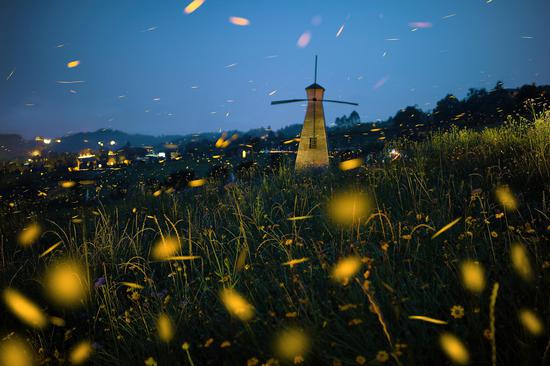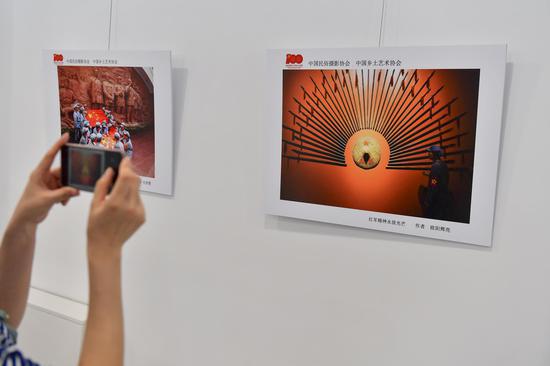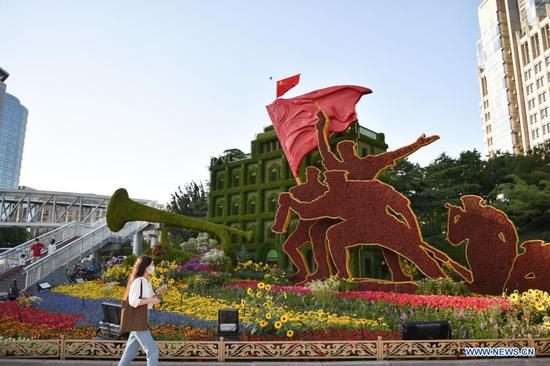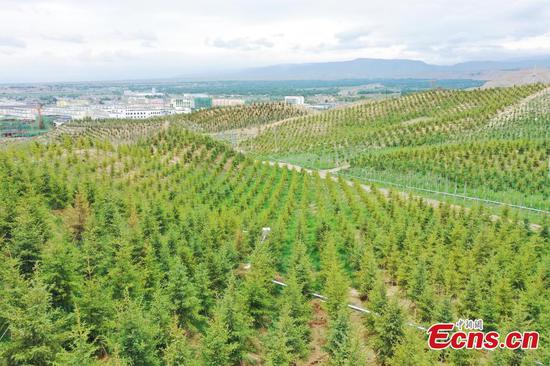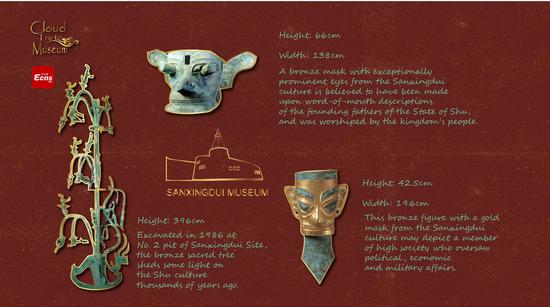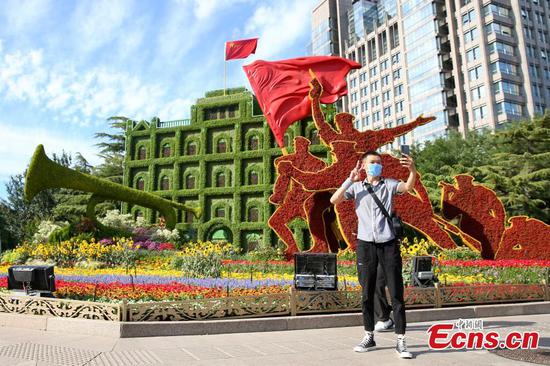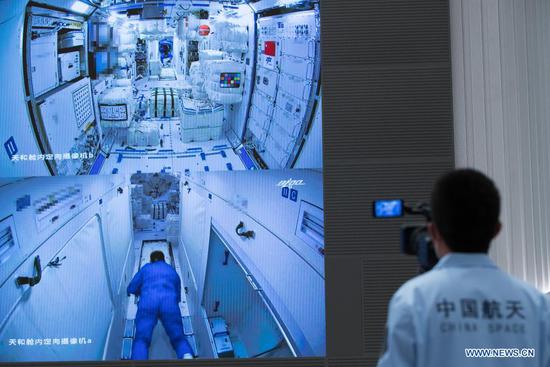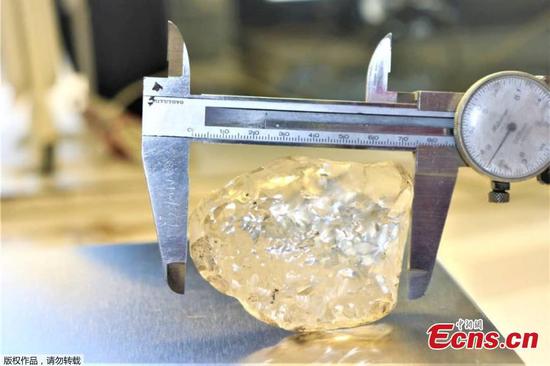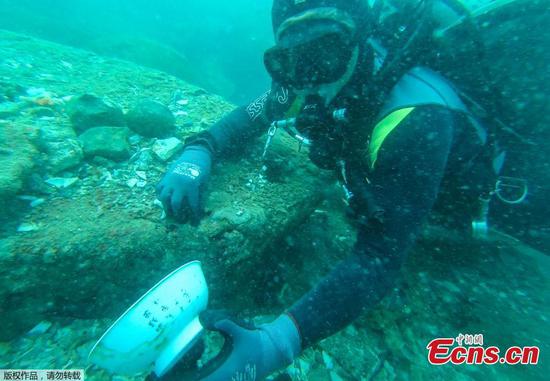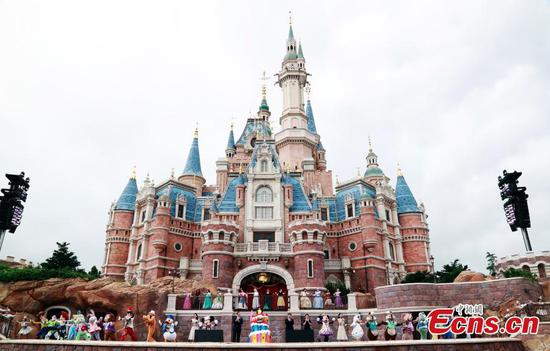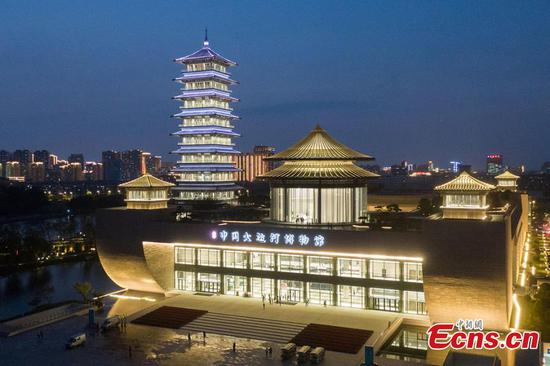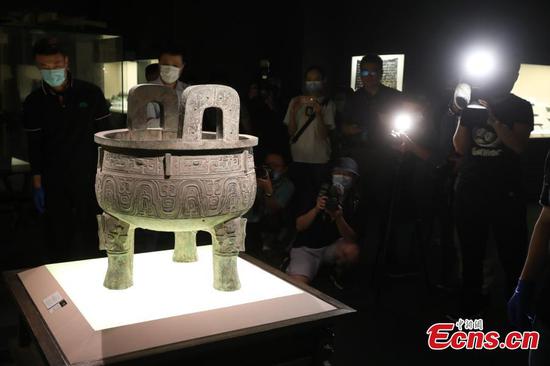Construction history
Construction of the Great Wall took more than 2,000 years, peaking from the Qin (221-206 BC) to Han (206 BC to AD 220) dynasties and in the Ming Dynasty.
According to the National Cultural Heritage Administration, the wall is 21,196 km long and passes through a total of 15 provinces, administrative regions and municipalities. Some 8,850 km of the wall was built during the Ming Dynasty.
In January 2019, a master plan for the structure was released by the State Council, China's Cabinet. The aim is to comprehensively guide protection,-renovation, management and academic research related to the wall until 2035.
In July, 2019, a national plan to establish Great Wall cultural parks was released. Since then, the National Cultural Heritage Administration has listed 83 key sections of the structure as candidates for these parks, and some 20 projects for such venues were formally approved earlier this year.
Chai Xiaoming, director of the Chinese Academy of Cultural Heritage, said: "Because the Great Wall is a cultural icon in China, most Chinese people think they're familiar with it. Actually, we aren't. Its-specific cultural value still needs to be better explained and studied in depth."
The Great Wall is hugely significant for Chinese. In 1933, Chinese troops fought invaders for months along the structure near Beijing during the War of Resistance Against Japanese Aggression (1931-45).As a result, the wall is often seen as a symbol of fortitude and strength.
However, because it represents the nation's spirited resolve, people used to believe that repairs to the wall needed to be carried out in such a way that the structure appeared to have been untouched.
In the 1950s, when the Badaling section in Beijing was renovated, such an approach was adopted, but Chai now regrets that the wall's restored appearance may not correspond precisely with how it looked originally.
In 2016, photographs of a section of the Great Wall in Liaoning province were posted online. Renovation work left the section with a totally new look, triggering anger among netizens. Although the "mistake" was later rectified, it spurred lengthy debate among the public about ways in which the Great Wall should be restored.
Chai said: "More and more people have recognized that renovating the structure does not simply mean repairing a wall. When you add a brick or a tile, there must be a solid reference point, which can only be provided by archaeological studies."
Archaeology, in particular, is a highlight of the plan released in 2019 to establish Great Wall cultural parks, with the aim of better retaining historical detail and supporting conservation work.
Many sections of the structure are in a poor state of repair. Unlike the fortifications on the outskirts of Beijing, which are made from bricks, on other parts of the wall, stone fences or rammed earthen walls are more in evidence.
Chai said: "Seeing the wall from an archaeological perspective, people will better understand its diversity and also accept that some parts are already in ruins. The work in Jiankou is not on a large scale, but it sets an example for more sections to follow."
Not all archaeologists are as fortunate as those working in Jiankou.
Chai said the Great Wall is strictly protected by national laws, so scholars do not have that many chances to physically remove bricks or earth samples for their studies.
"Great Wall archaeology is not only about a wall," he said. "There is much more cultural heritage relating to the wall than we initially thought. Our-knowledge of the structure needs to be largely expanded from below ground."










